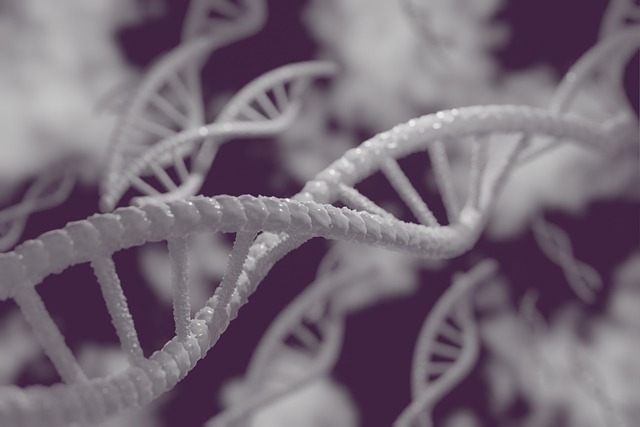Earlier last week the 2020 Nobel Prize in Chemistry was awarded to Dr. Emmanuelle Charpentier and Dr. Jennifer A. Doudna for developing revolutionary CRISPR/Cas9 genetic scissors'—a gene-editing tool. Now the Nobel laureates believe that their discovery can help to treat the Coronavirus caused disease COVID-19 as well as other illnesses in the future.
As per Doudna, the CRISPR could prove essential in fighting both SARS-CoV-2, which has killed over two million people in the world, and other dangerous microorganisms. Last month in an interview, the Nobel Prize winner said that "it is really interesting to think about the ability to program CRISPR to be detecting not only the novel Coronavirus but also other viruses."

She also said, "I don't think any of us think that, you know, viral pandemics are going away" and the current COVID-19 pandemic is a "call to arms." According to the Nobel Prize winner, scientists need to make sure that they are ready for the next attack by another virus.
The technology of making precise and specific changes to the genome underwent sea change after the discovery of CRISPR that helped the researchers change the DNA of animals, plants as well as microorganisms—and brought massive changes in life sciences.
The Revolutionary Technology
CRISPR was developed after scientists understood how single-celled organisms that don't have a nucleus, archaea, and bacteria use CRISPR-derived RNA and a variety of Cas proteins to destroy the DNA of viruses and other invaders.
It was in 2017 when scientists led by the University of Tokyo researchers managed to show CRISPR in action for the very first time. But the technology was taken one step closer when Charpentier was studying Streptococcus pyogenes—a deadly bacteria—and then discovered tracrRNA, a molecule which the bacteria used to separate DNA.
After her findings were published in 2011, the Nobel Prize winners Charpentier and Doudna both started working together to recreate the gene-altering tool. Their aim was to simplify its molecular structure so that the technology can be easily used by humans.
PAC-MAN

However, researchers are already trying to use gene-editing technology to treat people with COVID-19. Experts at Stanford University and the Molecular Foundry who were working on using the technology against influenza changed their focus since January this year to pivot toward trying to fight the SARS-CoV-2.
The researchers developed a technique called PAC-MAN or Prophylactic Antiviral CRISPR in human cells. Now, they have sent a goal to synthesize it with other genome editing technologies and then use it on animals. If it is found successful, the scientists will try to test the technology on humans to treat Coronavirus-infected patients with more efficacy.









